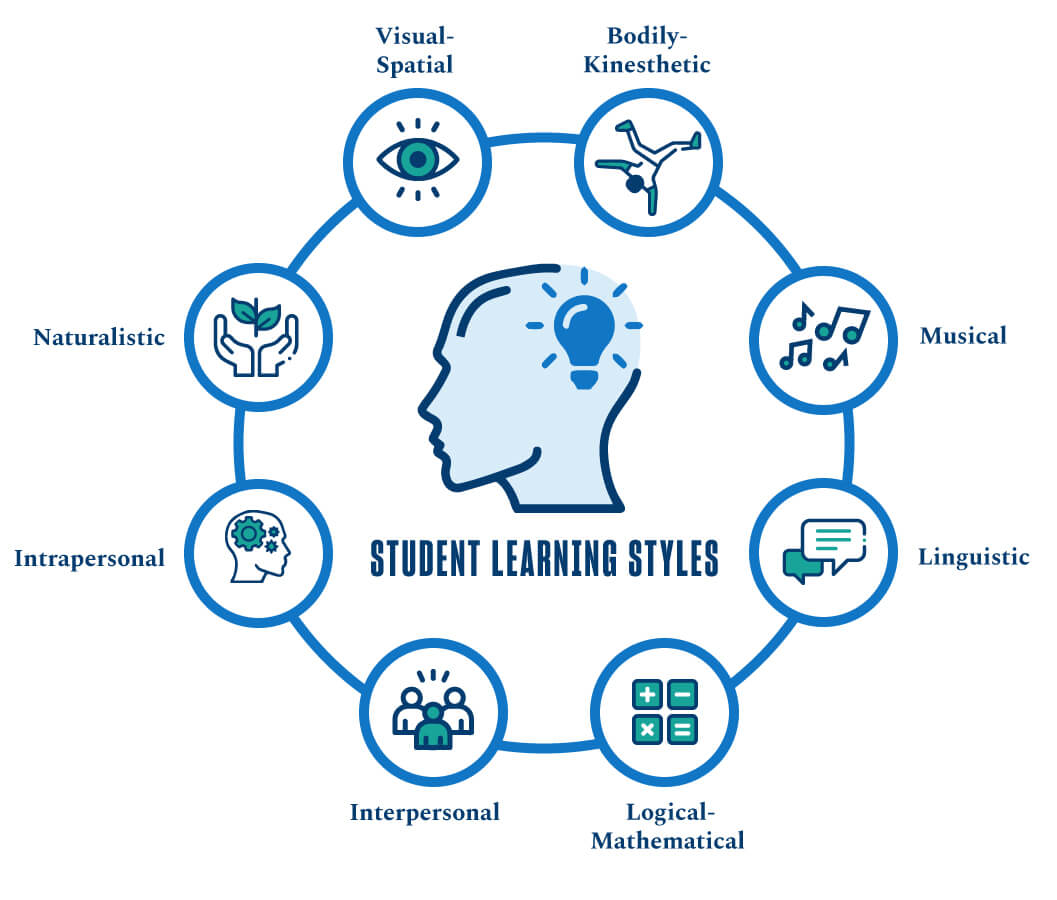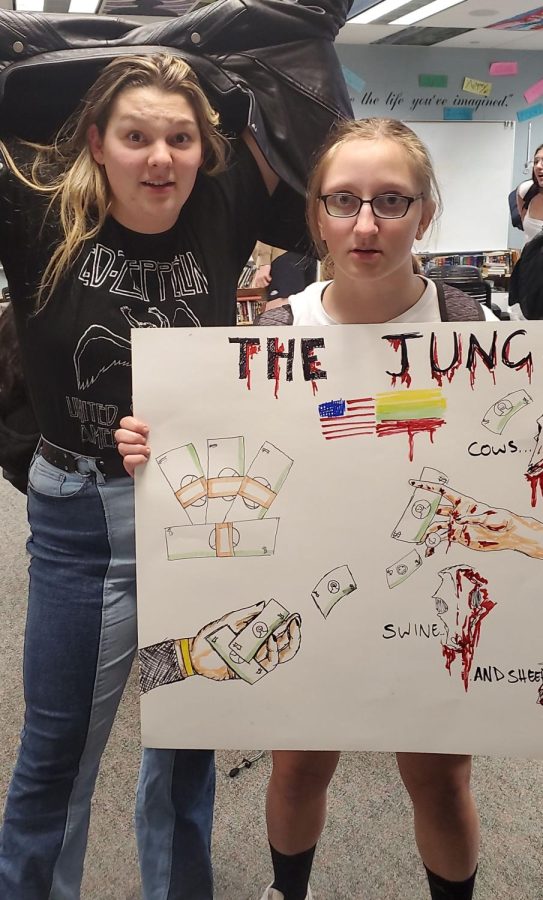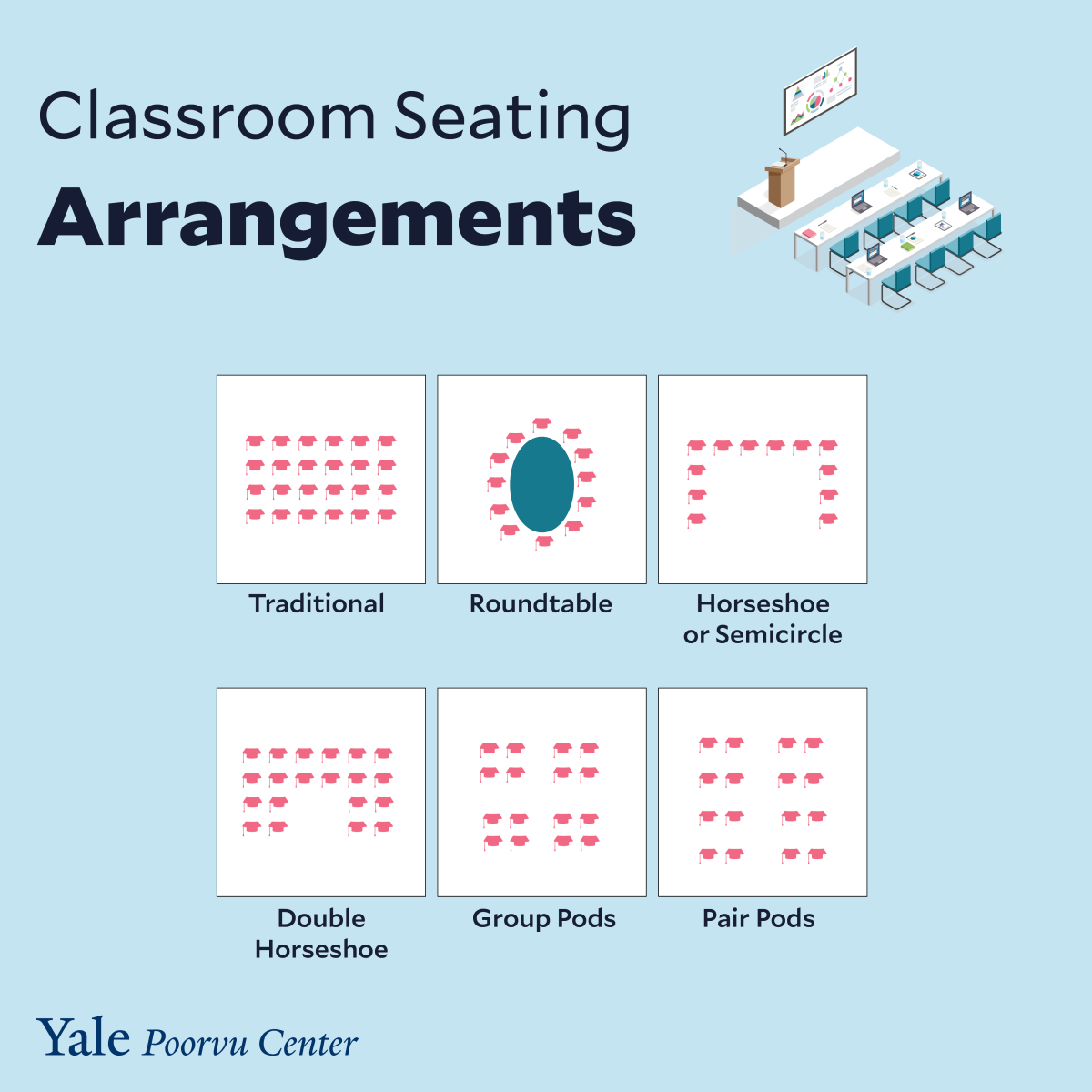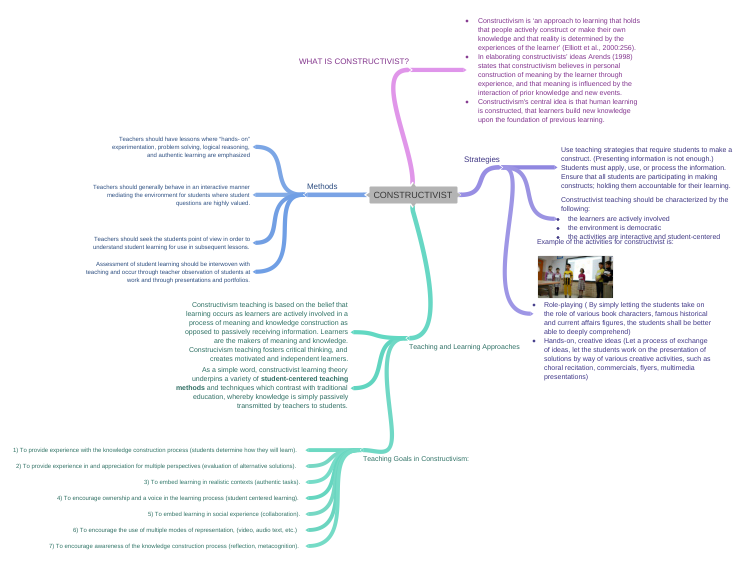Traditional teaching methods refer to the ways in which information has been traditionally conveyed to students in a classroom setting. These methods are often associated with more traditional or conservative approaches to education, and they contrast with more progressive or innovative approaches that may focus on student-centered learning or hands-on activities.
One example of a traditional teaching method is the lecture method, in which the teacher stands in front of the class and delivers a lecture on a particular topic. The teacher may use a variety of methods to present the material, such as using slides, handouts, or visual aids, but the focus is on the teacher as the primary source of information. This method is often used in large lecture-style classes, where the teacher is able to reach a large number of students at once.
Another example of a traditional teaching method is the textbook method, in which students are expected to read and study from a textbook or other written material. This method is often accompanied by a series of lectures or discussions in which the teacher explains and elaborates on the material covered in the textbook. This method is often used in more traditional or subject-centered courses, such as history or math, where the material is presented in a linear or logical progression.
A third example of a traditional teaching method is the recitation method, in which students are required to memorize and recite information, such as definitions or formulas. This method is often used in subjects that require a high degree of memorization, such as foreign languages or scientific subjects. The teacher may use drills or quizzes to assess the students' retention of the material.
While traditional teaching methods can be effective in some cases, they may not be the best fit for all students or all subjects. Some students may find it difficult to stay engaged during lectures, and may benefit more from hands-on or interactive activities. In addition, some subjects may lend themselves more to a student-centered or experiential approach, rather than a teacher-centered one.
Overall, traditional teaching methods can be useful in certain situations, but it is important for teachers to consider the needs and learning styles of their students, and to be open to incorporating a variety of approaches in their teaching.








